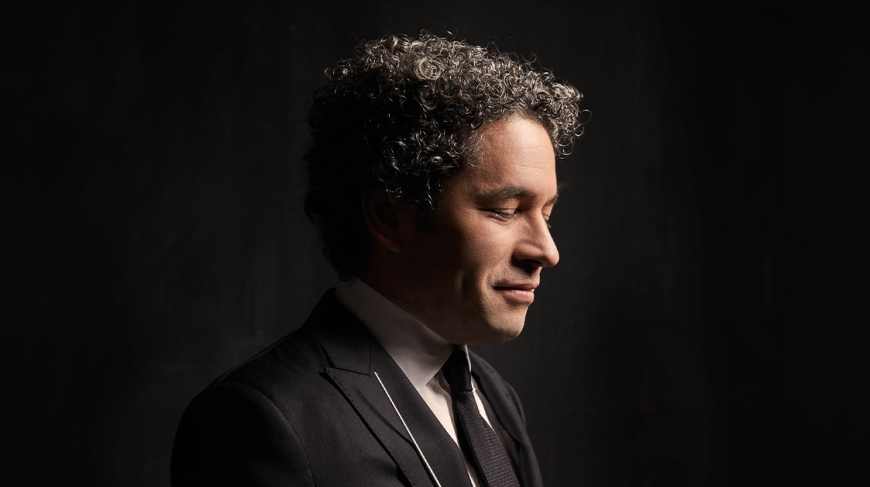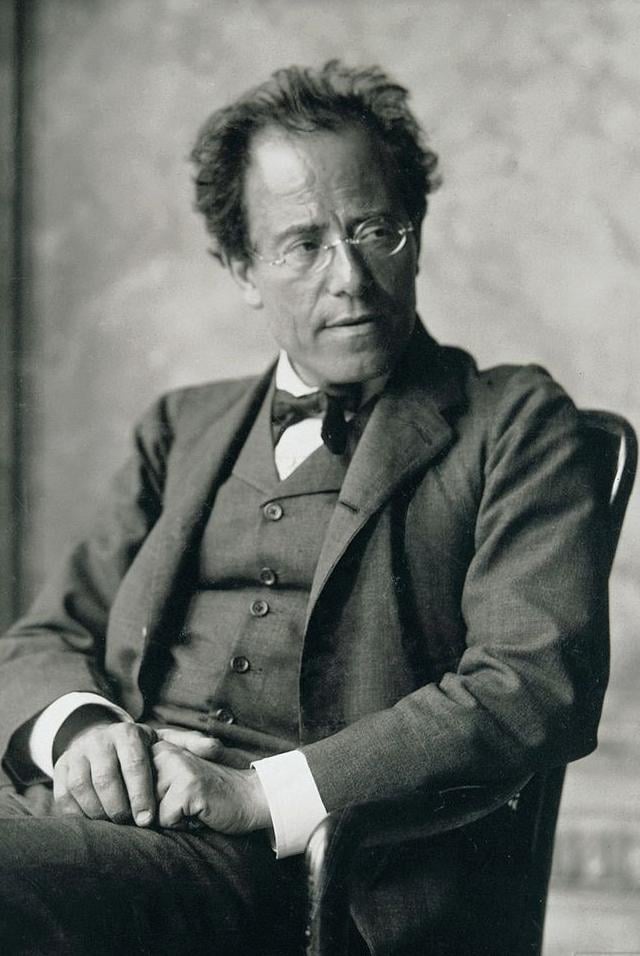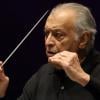
Another Mahler symphony at Walt Disney Concert Hall, another Mahler controversy.
First, it was Zubin Mehta leading the Los Angeles Philharmonic in rare performances of the five-movement version of Gustav Mahler’s Symphony No. 1 in December. Then, last week, it was Music and Artistic Director Gustavo Dudamel doing a sudden — and welcome — volte-face on the order of the middle movements of Mahler’s Symphony No. 6.
See, a frightened and superstitious Mahler seemingly couldn’t make up his mind on the order of the Scherzo and Andante movements of his opulently scored, ultimately pessimistic Sixth Symphony. Scherzo first was his original conception, and the first edition of the score was published that way, but Mahler switched up the order just before the Sixth’s first performance in 1906. Yet some, including Mahler’s widow Alma, claimed that Mahler changed his mind again before his death.

Not that it mattered much. The Sixth was one of the least played of Mahler’s symphonies for over half a century. It wasn’t performed at all in America until 1947, it received its first recording in 1953, and Los Angeles didn’t hear it until 1968 (with Mehta conducting). Almost all of the few early recordings had the order as Andante first, but following the publication of Erwin Ratz’s critical edition of 1963, Scherzo first became the predominant sequence as the Mahler boom took hold. Yet another critical edition by Reinhold Kubik in 2010 reversed the order again, and suddenly that became the standard. Dudamel himself chose to play the Andante first during his marathon Mahler Project in 2012 and in all his subsequent performances here — until now.
The conductor addressed the audience on Friday morning, Jan. 12, advising us that he was going to perform the original version. A burst of applause went up from a healthy constituency of Mahler buffs on hand, for the Sixth works far better structurally, musically, and dramatically when the Scherzo comes before the Andante, and here’s why.
After the A-minor opening movement ends in apparent major-key triumph, the Scherzo, also in A minor, resumes the sinister piledriving momentum before petering out to nearly nothing. The Andante, which changes the key to E-flat major, then offers some sweet relief, though the angst rears up in one of the movement’s swollen climaxes. Once the Andante concludes in repose, E-flat first turns to its C-minor equivalent and then back to the bad omen of A minor as the gigantic emotional roller coaster of the Finale begins. Switch the order of the middle movements, and the key scheme is disrupted, as is the storyline of where the music is headed.
Dudamel’s decision had an energizing, even liberating effect on his overall interpretation of the symphony. When he first did it here in 2012, he adopted a strict classical conception that lacked a certain passion and depth, though the later performances were better. This time, he came charging out of the gate in the first movement with a high-strung fury that cranked up into a higher martial gear toward the end, while not forgetting to suspend the movement’s celestial interlude in detailed delicacy. The energy resumed in an unimpeded rush in the Scherzo. As in the opening movement, the conductor was not afraid to have the excellent LA Phil brass section make deliberately ugly sounds when appropriate.
The Andante flowed evenly and smoothly with hints of portamento in the strings, and the wild Finale had all the turbulence and high hopes dashed by crushing hammer blows that an effective Sixth should have. As in previous Dudamel performances, there were only two blows instead of Mahler’s original three, but really, only a handful of conductors have allowed a third blow — famously, Leonard Bernstein on all three of his recordings and Benjamin Zander, who gave CD listeners a choice between Finales with two or three blows. (Dudamel was said to have rehearsed three back in 2012 but got spooked by the effect and opted for two at that performance.)
Overall, this was the LA Phil’s best performance of the Sixth under Dudamel — at 80 minutes total, it was fast but satisfying. This time the conductor had a printed score before him, whereas in 2012 he led the symphony from memory. Using a score might not have had anything to do with the improved interpretation, but it is notable that the performances on Thursday and Friday were being recorded for possible release (without touch-up sessions, apparently). Perhaps he just wanted to be sure that things were shipshape.




